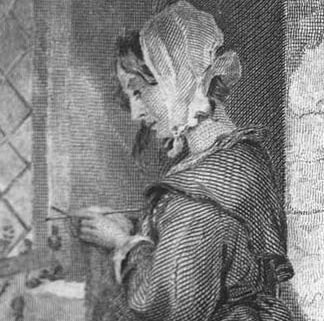
By the end of the nineteenth century crochet and knitting had become an integral part of American culture, appearing as the subject of poetry, cartoons, and literature. Forty years earlier, however, crochet and knitting were just beginning to emerge as fashionable crafts among wealthy American women, who at the time depended upon European editions of pattern books. A number of things accounted for the increasing popularity of crochet and knitting in the nineteenth century. Victorian ideals promoted “useful leisure” during a period when various technological advances allowed women of all classes an increasing amount of free time. As a form of useful leisure, crochet and knitting could provide women an outlet for charitable impulses or personal profit while they still maintained their ascribed gender roles. Nineteenth-century advances in the printing industry and a growing leisure class created new markets for cheaper books and periodicals. Publishers began to recognize the increasing interest of women in the decorative arts and provided the patterns, needlework manuals, and periodicals to fuel its growth. In addition, the advent of the sewing machine, hailed by Godey’s Lady’s Book & Magazine as the “Queen of Inventions” in 1860, influenced the growing popularity in fancy work as plain sewing became less time-consuming. As sewing machine sales increased among the lower classes, women of lesser means also took up an interest in knitting and crochet. Companies flourished by selling crochet cottons and knitting worsteds alongside their sewing machine threads. By the nation’s centennial crochet and knitting had established themselves in American culture as purely feminine and industrious occupations.
Curated by Nicole Scalessa, 2001.


